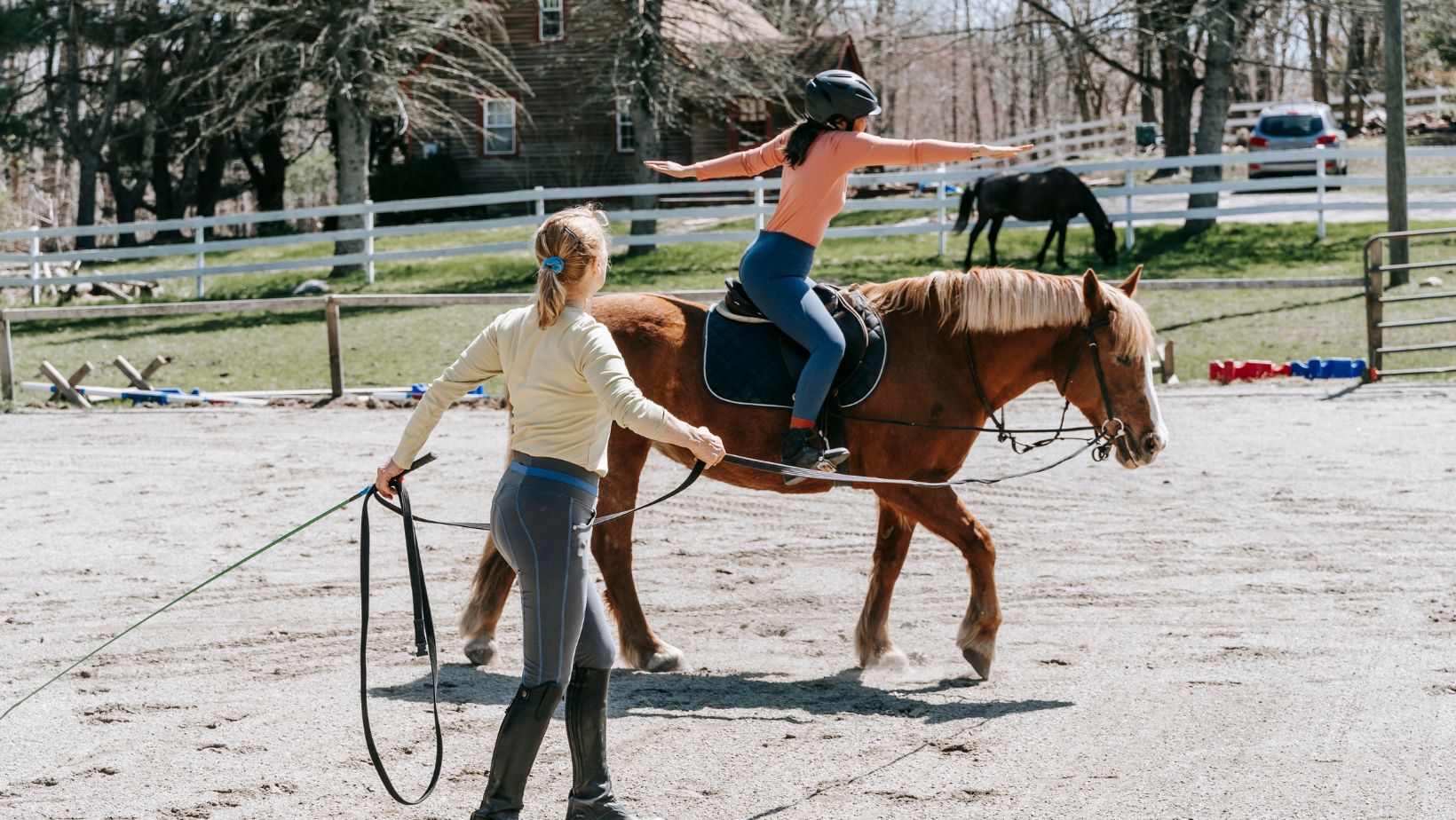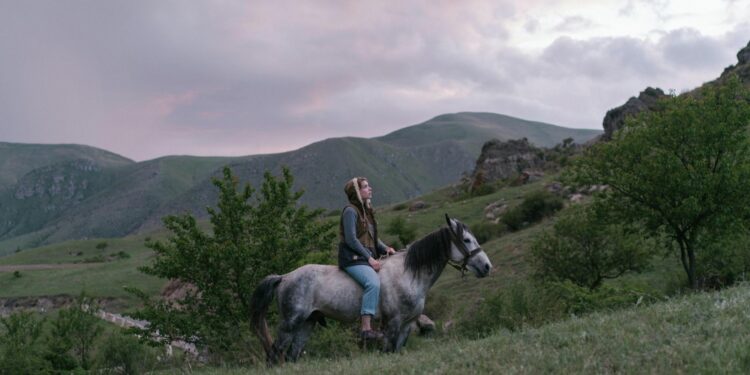Everything about horses screams money! It is quite a strange phenomenon, but most people think that horse riding and racing is quite an expensive hobby reserved only for the rich.
But is this true? Well, yes and no.
Yes, horse owning and riding can be an expensive hobby, but that doesn’t mean that there are no other budget options for horse riding enthusiasts. Horse riding is quite a popular hobby, and there is a good reason for that.
First of all, it comes with many health benefits, both physical and mental. On top of that, the entire process is so relaxing, and you’ll quickly fall in love with your horse, creating that long-lasting bond.
People say that once you try horse riding at least two times, you’ll be trapped, and you’ll definitely want to come back.
However, having a passion for something is one thing, and being able to afford it is another. For example, I’ve always been passionate about Formula 1, but unfortunately, being able to experience an F1 car is just too expensive.
But what about casual horse riding? How much can this harmless and relaxing hobby cost?
The Initial Costs: Getting in the Saddle
When you’re just starting out, the first expense you’ll encounter is riding lessons. Depending on where you live, you’re looking at about $30 to $100 per session. Private lessons are more expensive but can be worth the investment for personalized attention, averaging around $35 to $80 per session. If you opt for group lessons, costs can be a bit lower, but you’ll share the instructor’s attention.
Next, you’ll need the right gear, which can put a dent in your wallet, to be honest.
- Helmet: Around $45 for a decent one.
- Riding Boots: Typically $100 to $250, depending on quality and brand.
- Breeches: Anywhere from $50 to $200.
- Saddle: $500 to $2,500, with prices varying based on quality and type.
- Bridle and Reins: Approximately $50 to $250.
- Halter and Lead Rope: Around $20 to $50.
- Saddle Pad: $20 to $100.

Of course, you can always go to a horse riding facility where you can rent out a gear, or in some cases, the gear will be included in the horse riding session price.
This is the best option for people who are not too serious about their horse riding passion. You wouldn’t want to buy expensive horse gear that will collect dust in the basement once your passion fades away.
Owning vs. Leasing: Should You Buy the Horse?
Here’s where things can really start to hurt your wallet. Buying a horse can range from $1,000 for a basic companion to $10,000 for a reliable beginner’s horse, and that’s not even touching the high-end show horses, which can easily exceed $100,000. Leasing a horse is a more economical option, typically costing $200 to $500 per month. Leasing allows you to experience horse ownership without the full financial commitment.
Owning a horse is just too expensive, and you’ll need a lot of money for casual horse rides, not to mention horse racing, which is even more reserved for the elite. There is no horse racing on a budget, which is why the best option is to watch other people’s horses race and stick to betting.
If you don’t know much about betting, check out the betting guide on the link below:
twinspires.com/betting-guides/beginners-guide-betting-horse-racing/
Ongoing Costs: The Price of Ponying Up
Owning a horse is not just about the initial purchase. There are substantial ongoing costs to consider.

Here’s a breakdown:
- Boarding: Boarding your horse can cost anywhere from $300 to over $1,000 per month, depending on the amenities of the facility. Full-service stables offering training, feed, and care will be on the higher end.
- Feed and Bedding: Expect to spend between $100 to $300 per month on feed and bedding. Buying hay in bulk right after the growing season can help save on costs.
- Veterinary Care: Routine vet visits, including vaccinations and dental care, will run you about $300 to $500 annually. Emergency care can spike this figure dramatically—horses are notorious for getting into trouble.
- Farrier Services: Regular hoof trimming and shoeing are crucial, with costs ranging from $50 to $150 every six to eight weeks.
Hidden Costs: Tack Maintenance and Facility Fees
Don’t forget the less obvious expenses. Tack maintenance, like repairing or replacing worn-out equipment, can add up. Additionally, some stables charge facility fees for using arenas or trails.
Making Horse Riding More Affordable
If your budget is tighter than a cowboy’s jeans, here are some ways to make horse riding more affordable:
- Buy Used Gear: Second-hand equipment can significantly cut costs. Just ensure it’s in good condition.
- Join a 4-H Club or Volunteer: Many clubs and organizations offer riding opportunities in exchange for volunteer work. It’s a great way to get riding experience without owning a horse.
- Lease Instead of Buy: Leasing a horse splits the maintenance costs between you and the owner. A partial lease is even cheaper, though it means sharing the horse with others.
- Consider Horse Insurance: To mitigate unexpected veterinary costs, look into horse insurance. Policies vary, but they can save a lot in emergency situations.














